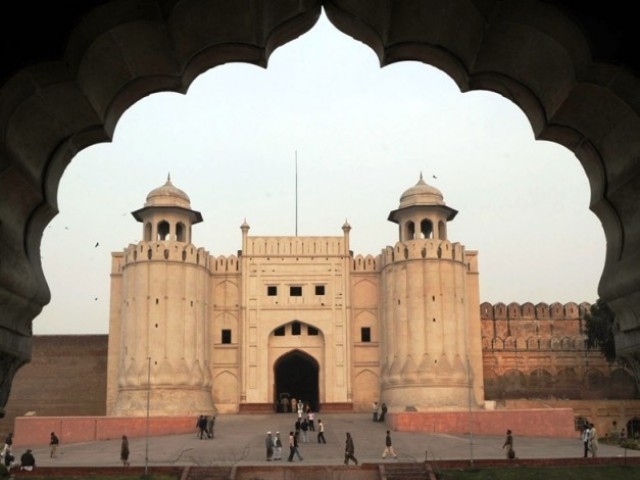
The rapid expansion of Lahore's population and burgeoning commercial development has erased many historic landmarks, including the residences of prominent political figures. Among these is the once-iconic residence of Nawabzada Nasrullah Khan, the "Father of Democracy," located at 32 Nixon Road, near Lahore Railway Station.
This historic house, which once echoed with the hustle of high-profile political meetings and consultations, has now been replaced by a commercial plaza selling second-hand clothes, shoes, and bags.
Few who visit the area today realise its significant political history.
During Nawabzada Nasrullah Khan's lifetime, 32 Nixon Road was the epicentre of Pakistan's democratic struggles.
Political heavyweights like Asif Ali Zardari, Benazir Bhutto, Nawaz Sharif, Chaudhry Shujaat Hussain, Nawab Akbar Bugti, Maulana Fazlur Rehman, Sheikh Rashid Ahmad and Makhdoom Amin Fahim frequently visited the residence to seek advice and strategise.
The house also hosted gatherings of columnists, journalists and political workers, serving as both a decision-making hub and a training ground for aspiring political activists.
The residence was under constant surveillance, with plainclothes law enforcement officers stationed nearby to monitor activity.
From General Ziaul Haq's era to General Pervez Musharraf's rule, the house became synonymous with movements advocating for the restoration of democracy, judicial independence, and constitutional supremacy.
In addition to political consultations, the house had a personal touch, with Nawabzada Nasrullah sending seasonal mangoes to his political and literary contemporaries during the summers.
After Nawabzada Nasrullah's death in 2003, his iconic residence was demolished, and a large commercial plaza was erected in its place.
Today, shops selling clothes, shoes, and food occupy the space where once historic political movements were shaped.
In front of the plaza, an Orange Line Metro Train station further overshadows the site's history. Only a small road sign bearing Nawabzada's name serves as a faint reminder of the great statesman who once lived there.
For many shopkeepers and visitors, the site's historical significance is unknown. Sajid, a shopkeeper and former neighbor of Nawabzada Nasrullah, shared, "I remember seeing leaders like Benazir Bhutto, Akbar Bugti, Qazi Hussain Ahmad, and Chaudhry Shujaat Hussain visiting this house day and night.
It was always lively, with discussions and training sessions for political workers taking place regularly. This house was at the heart of movements against martial law."
Another shopkeeper, Zain, admitted his ignorance about the location's past until recently.
"I only found out through a customer that this was Nawabzada Nasrullah Khan's residence and a center for political activity. It feels surreal that I am running my shop where such a historic figure once lived. I will tell my children about this so they know this is no ordinary place," he said.
As the hustle and bustle of commerce take over the space that was once a beacon of democracy, Nawabzada Nasrullah Khan's contributions risk fading from public memory.
His residence, which symbolised Pakistan's political struggles and democratic aspirations, has now become a stark reminder of how quickly history can be overshadowed by the demands of modern urbanisation.

1737355531-0/obama-(2)1737355531-0-405x300.webp)





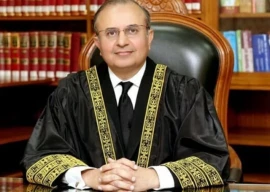



1737188551-0/Untitled-design-(97)1737188551-0-270x192.webp)
1737185197-0/Express-Tribune-(2)1737185197-0-270x192.webp)
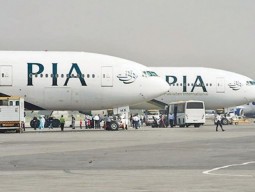



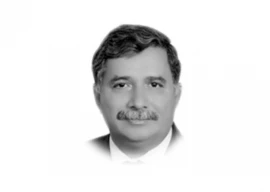


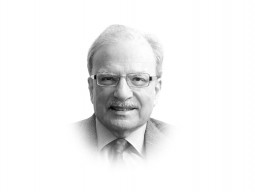


COMMENTS
Comments are moderated and generally will be posted if they are on-topic and not abusive.
For more information, please see our Comments FAQ